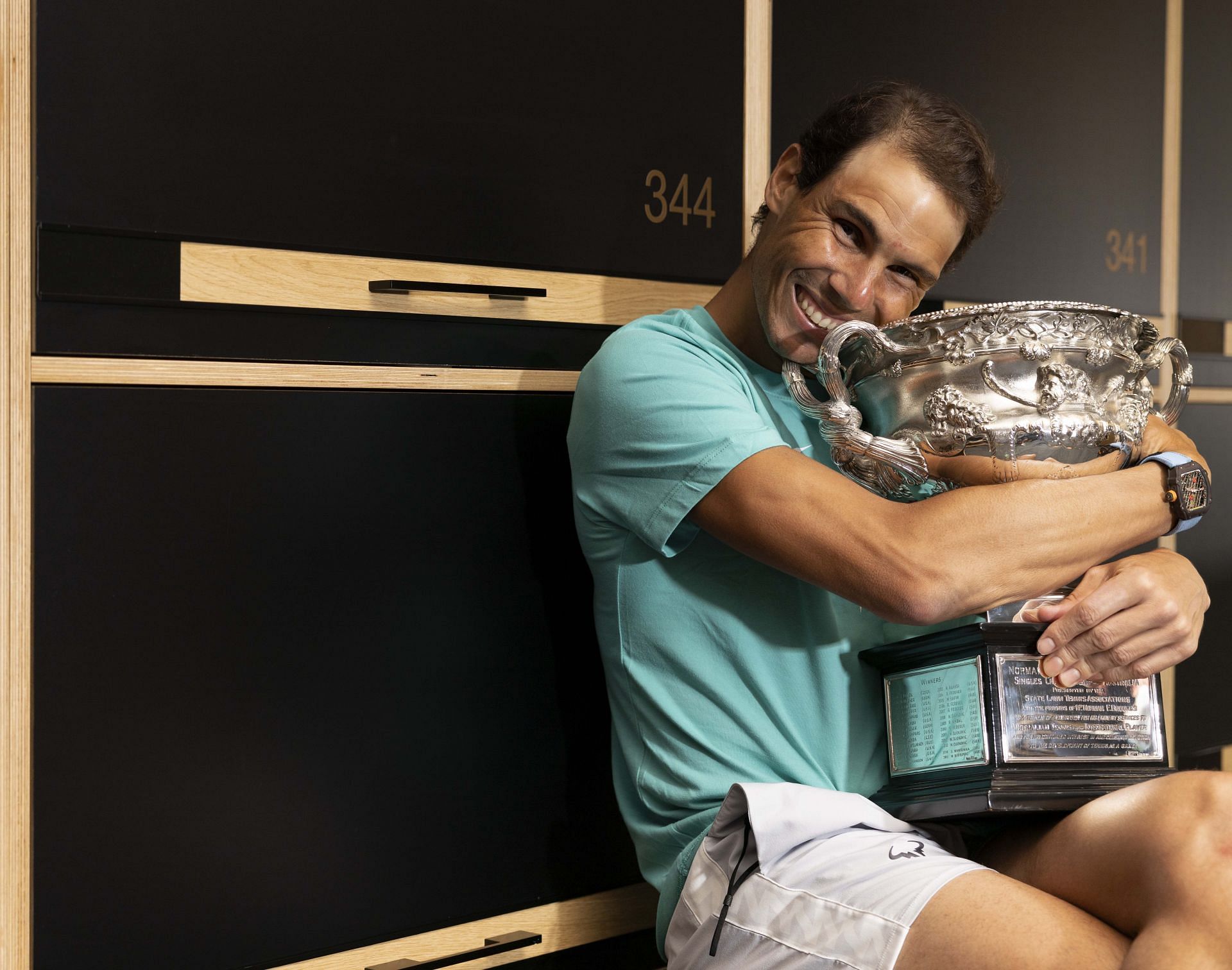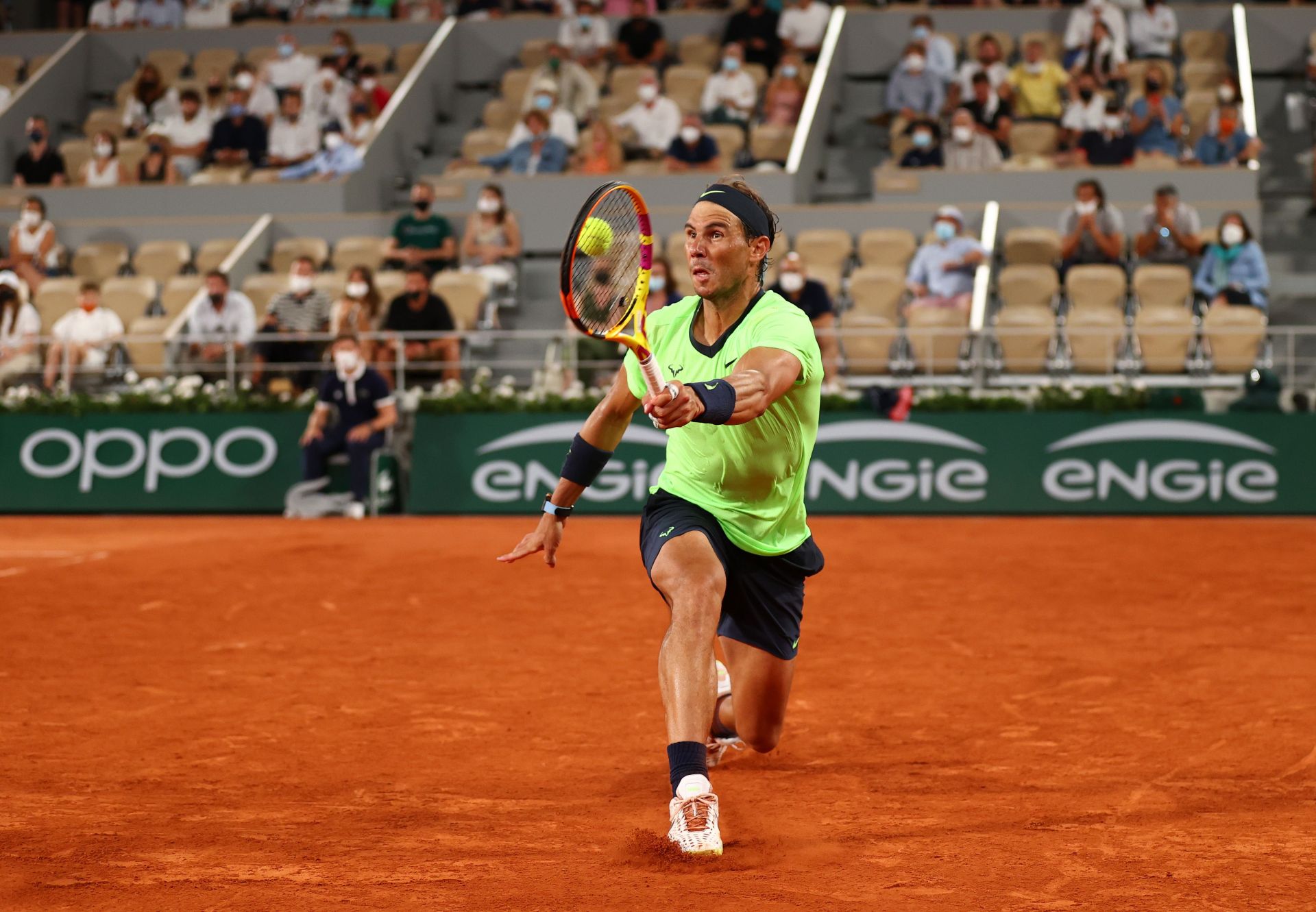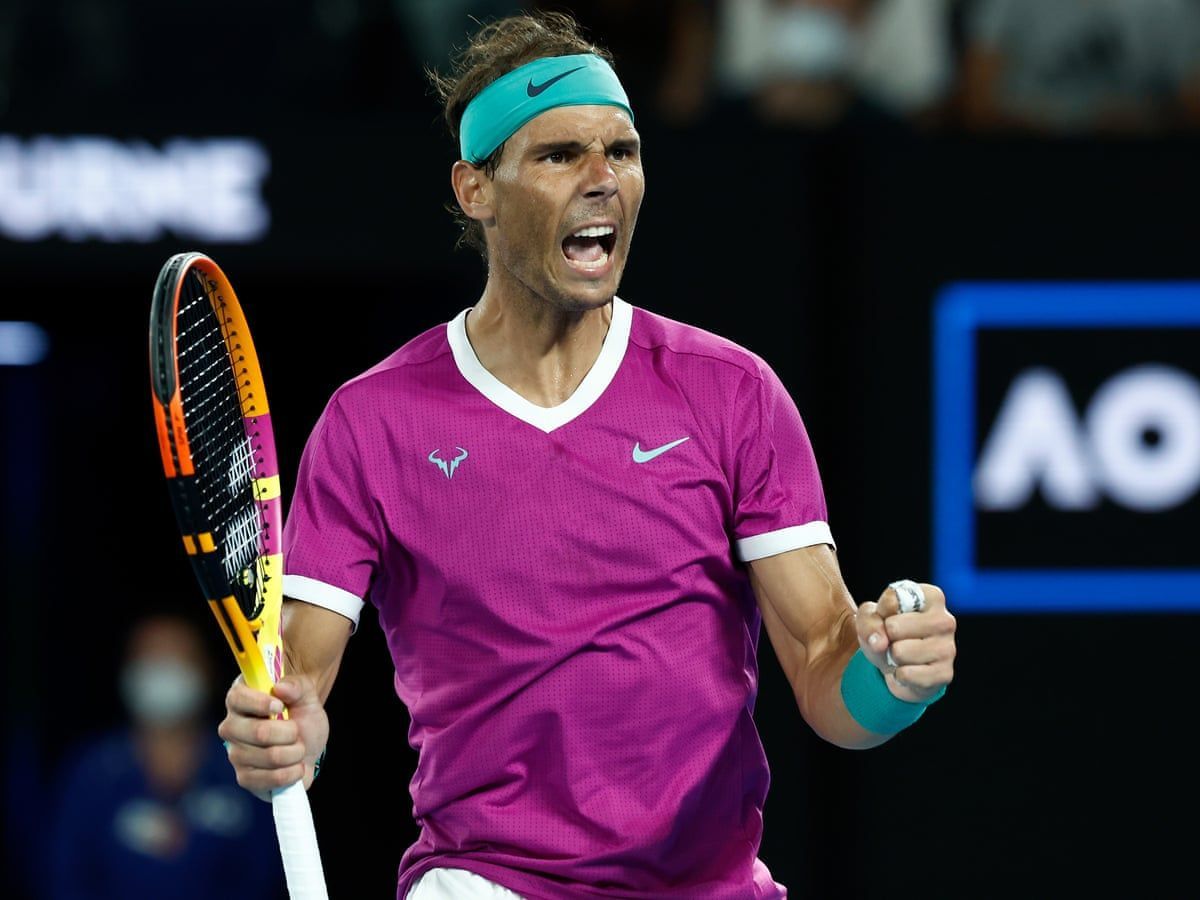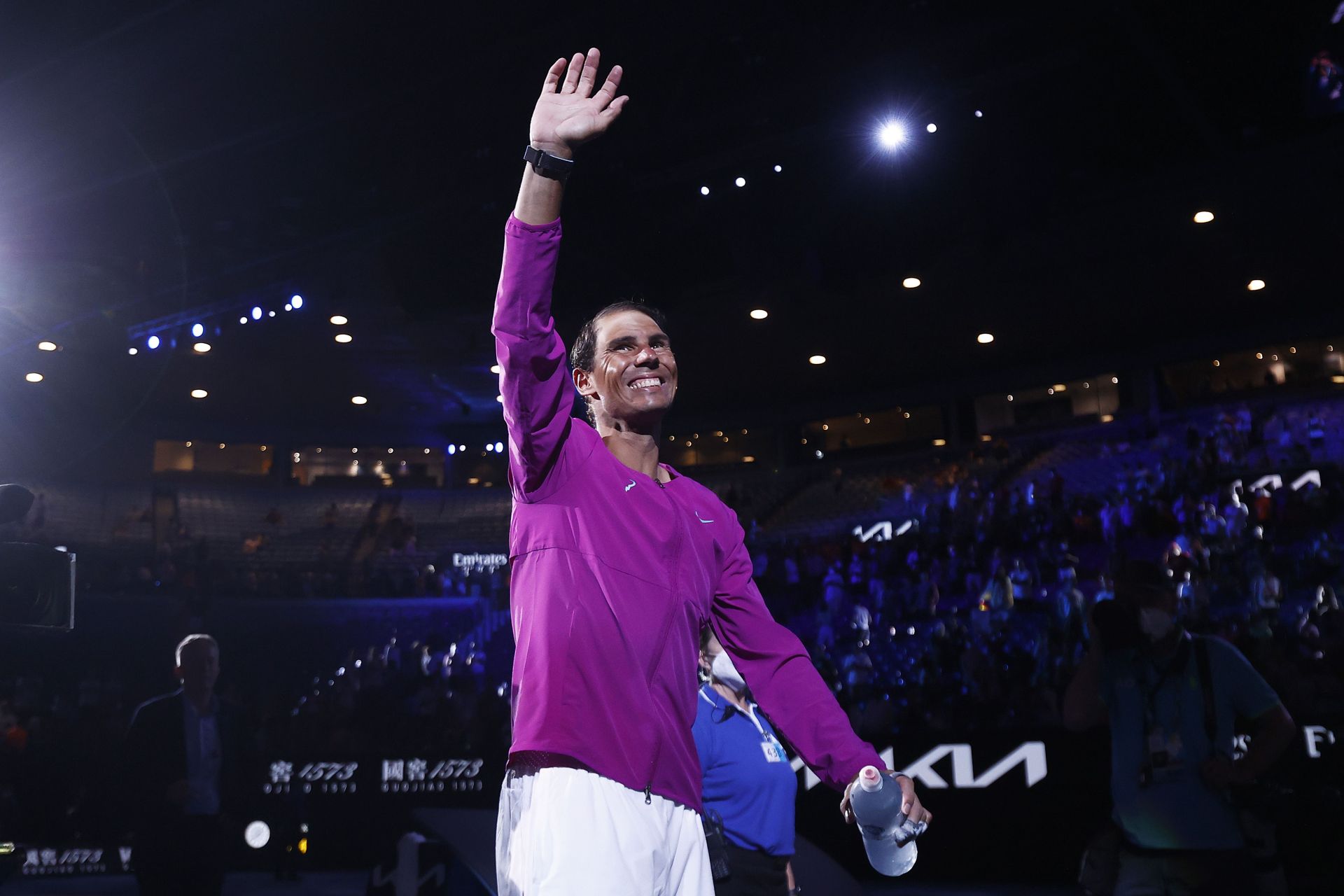
Australian Open 2022: 3 things we learnt about Rafael Nadal from his title-winning campaign in Melbourne

Rafael Nadal defeated Daniil Medvedev in a grueling five-setter which lasted for five hours and 27 minutes to win his 21st Grand Slam title in Melbourne on Sunday. It was the 35-year old's second Australian Open title and he is now ahead of both Novak Djokovic and Roger Federer in the Grand Slam race.
The Spaniard's win was even more special considering the fact that he came back from a two-set deficit to overcome Medvedev, who is a good 10 years younger than him.
On that note, let's take a look at three things we learnt about the Spaniard from his epic triumph in Australia:
#1 Nadal is still one of the fittest players around

When Nadal won his first Grand Slam title in 2005 at the French Open, he impressed the tennis fraternity with his exceptional court coverage and resolute defense. He was a baseliner who could his slide his way to reach balls which seemed impossible to get to.
Since then, the Spaniard has built his legacy as the greatest clay-court player with 13 titles at Roland Garros. However, his court coverage has suffered since as a result of injuries and becoming slower with age. In spite of all that, he still remains a supremely fit athlete.
At this year's Australian Open, the Spaniard played in a number of day matches in extreme heat. He defeated Adrian Mannarino in a tie-break that lasted 28 minutes and got the better of Denis Shapovalov in a match that lasted over four hours - all in the scorching heat of Melbourne.
In the final against Medvedev, the Spaniard looked the fitter man in the deciding fifth set, and it was the Russian who was forced to pull the trigger early to shorten points. Nadal finally managed to outlast his rival and win the coveted prize.
What makes Nadal's feat even more impressive is the fact that he had been away from tennis for almost six months due to a foot injury. He returned to the courts in December last year to participate at an exhibition tournament in Abu Dhabi. In January, he competed in the Melbourne Summer Set tournament prior to the Australian Open and won the title.
#2 The Spaniard still has the ability to improvise during a match

The hallmark of a great player is their ability to adapt to different conditions and change their game plan depending on the opponent. Nadal exhibited this quality in the final.
In the first set, Medvedev started directing most of the traffic to Nadal's backhand and the Spaniard responded with slices.
However, the slices allowed the Russian to take the ball from an advanced court position and then dictate the rally with his backhand. Nadal realized that and cut down on his slices to start hitting his backhands more forcefully. As a result, Medvedev lost the advantage that he was having earlier and resorted to playing more crosscourt backhands.
The Spaniard also rushed to net more often in the first two sets and as the move backfired, he dropped back to the baseline to try to win the battle from there. Ultimately he succeeded as Medvedev started committing unforced errors more frequently from the beginning of the third set.
#3 Rafael Nadal still remains steady during clutch moments

The Spaniard looked down-and-out in the third set in the final on Sunday when he was trailing 2-3, 0-40. However, he held his nerve and managed to win his service game thereafter. It indicated a swing of momentum as the Spaniard gained the upper hand in the match. In the deciding set, it was the Spaniard who committed fewer errors and exhibited superb defense from the baseline.
In the quarterfinal, the Spaniard managed to see off a resurgent Shapovalov, who had come back from a two-set deficit to make it two sets all.
In the epic tiebreak against Mannarino, Nadal trailed for the longest time before coming back to win it. That win set the tone for the rest of the match as Mannarino went on to surrender tamely after that.
It is clear that the Spaniard still retains the ability to perform well under stress and apply pressure on the opponent during the key phases of the match. Against Medvedev, the former World No. 1 saved 16 of 22 breakpoints and raised his level when he had to, for example, breaking at 5-5 in the fifth set immediately after losing serve.